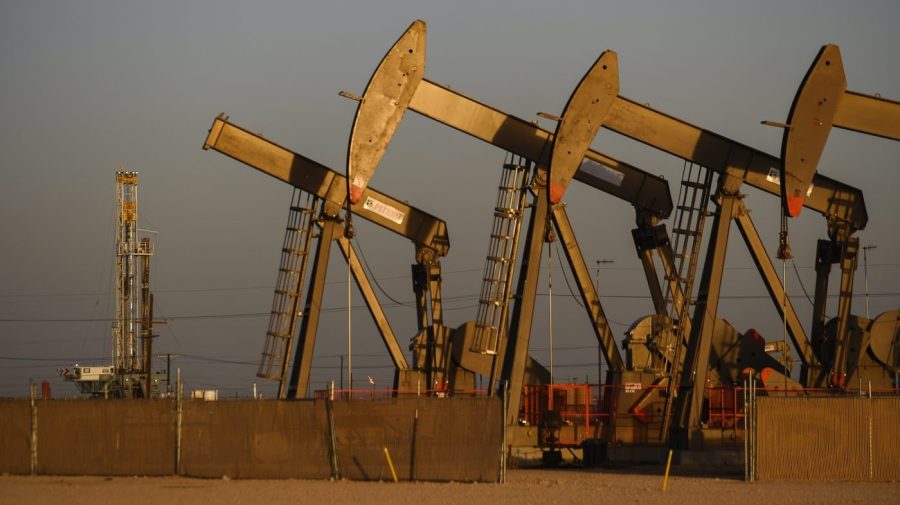
Kamala Harris’s selection of Tim Walz as her running mate for the 2024 election is promising for climate advocates, thanks to his strong track record in climate policy — for example, requiring Minnesota to generate 100 percent clean electricity by 2040.
But some states are taking a different approach to climate policy. Earlier this summer, Vermont passed the “Climate Superfund Act” into law as a result of campaigning by the Make Polluters Pay movement.
As the name suggests, the bill requires fossil fuel companies who have emitted more than 1 billion tons over the past 20 years to pay into a superfund for their climate damages, similar to the fund created for contaminated waste sites. The superfund would go toward climate adaptation projects and populations adversely affected by climate change.
As the bill is enacted, some nuances need to be considered: accurately accounting for emissions, expanding to other polluters, and ensuring prices for consumers don’t increase. Four other states are introducing similar climate acts, so Vermont needs to act with urgency to address these issues.
First, we need to decide how to account for emissions — and do so accurately.
Part of the act states that Vermont’s Agency of Natural Resources should identify polluters and calculate the greenhouse gas emissions they’re responsible for. The Greenhouse Gas Protocol sets the standard for emissions accounting. They have defined three categories, or “scopes.” Scope 1 is emissions from what you burn, Scope 2 from the electricity you buy (since electricity is often produced from natural gas) and Scope 3 from the products you buy or sell (since manufacturing of products often emits carbon dioxide). The bill is restricted to “fossil fuel extractors or crude oil refiners” who produce fuels that consumers buy and burn. Therefore, the direct emissions of oil and gas producers account only for the energy used to make products (for example, fuel combustion for refining), whereas consumers are the ones actually burning the fuels produced.
Are fossil fuel companies responsible for what consumers burn? For companies like ExxonMobil, this would account for 85 percent of their overall emissions. Depending on what the Agency of Natural Resources decides, the amount fossil fuel companies owe could change by an order of magnitude.
Second, this bill lets other major polluters off the hook because it is restricted to oil and gas companies. If we include large companies that burn fossil fuels such as utilities or airlines, we could target incumbents in other industries and incentivize them to search for alternative solutions.
More importantly, some companies lie outside the fossil fuel ecosystem entirely.
For example, cement and steel production companies emit carbon dioxide through the chemical reactions that occur during processing of raw mineral ores, unrelated to fuel combustion. Though such process emissions only contribute 5 percent of overall emissions, that still amounts to almost 2.5 billion tons of carbon dioxide equivalent per year — that’s the output of more than 500 million cars. Similarly, agriculture, forestry and land use (including livestock and deforestation) contribute to 18 percent of overall emissions. These companies are all excluded due to the restrictive language in the bill.
Third, we need to make sure the costs paid by the polluters aren’t passed through to the consumers. This bill is similar to a carbon tax, which has been historically unpopular because the prices of public goods like gasoline and natural gas immediately increase. Unlike the carbon tax, however, in this plan only a small number of large polluters will have to pay.
Proponents of the act suggest that since these polluters only make up a small market share, competitors will be able to undercut their prices. However, ExxonMobil has a total market share of around 20 percent (compared to all oil producers) and a market share of more than 40 percent in certain industries like motor oil. Further, competitors, although smaller, may still be polluters, so we won’t avoid emissions this way.
One potential solution to this would be to make the climate superfund an investment instead of a payment. In its current iteration, the superfund would be used for infrastructure or climate adaptation projects. Instead, money could go to innovative companies in the climate space.
There is a plethora of proposed clean technologies that could scale to be cost-competitive with existing energy solutions like electric vehicles, solar plus storage and sustainable aviation fuels, but require time to do so. With the explosion of clean capital in recent years, we have the expertise necessary to disburse funds to innovative climate solutions. As a (required) investment, the fossil fuel companies would not necessarily incur an extra cost, as a return on investment would be expected, so the price of products to the consumer could stay the same.
While this act is a step in the right direction, some details need to be ironed out as the bill is executed. We need to first make sure all the largest polluters are held accountable for their true magnitude of emissions. We should then target these companies for investment into a climate venture fund to enhance competition and accelerate development of cost-competitive but clean alternatives to the products they provide.
With the saturated field of climate policies nowadays, this unique bill has the potential to be truly impactful. We need to make sure it is.
Shomik Verma is a Ph.D. candidate in mechanical engineering at the Massachusetts Institute of Technology whose work focuses on developing revolutionary energy technologies. He is a Paul and Daisy Soros Fellow and a Public Voices Fellow of The OpEd Project.

